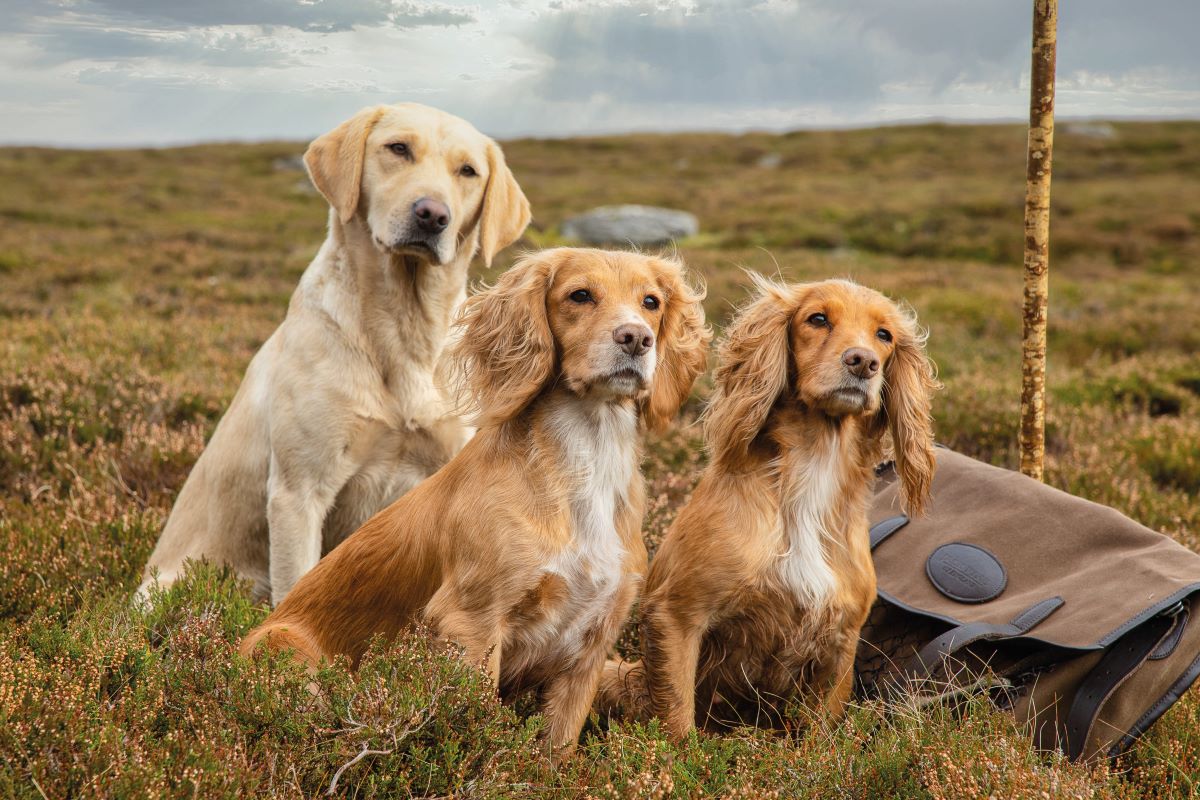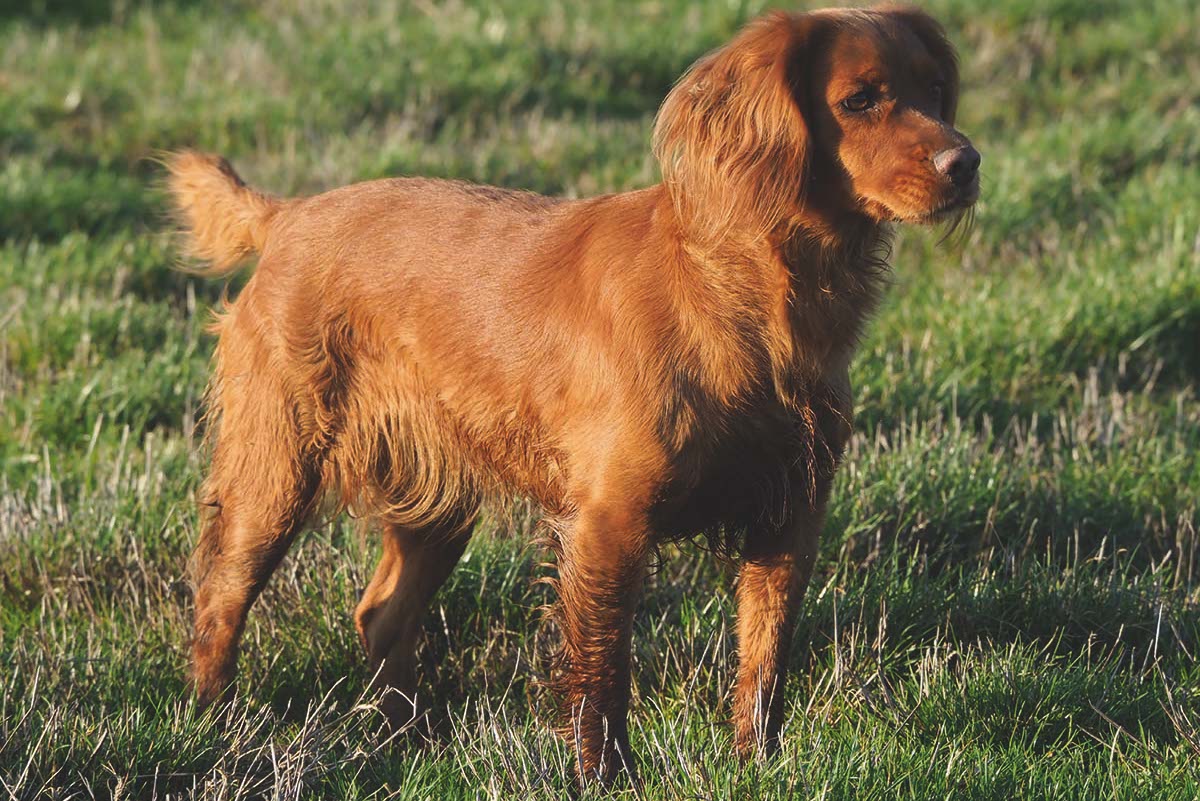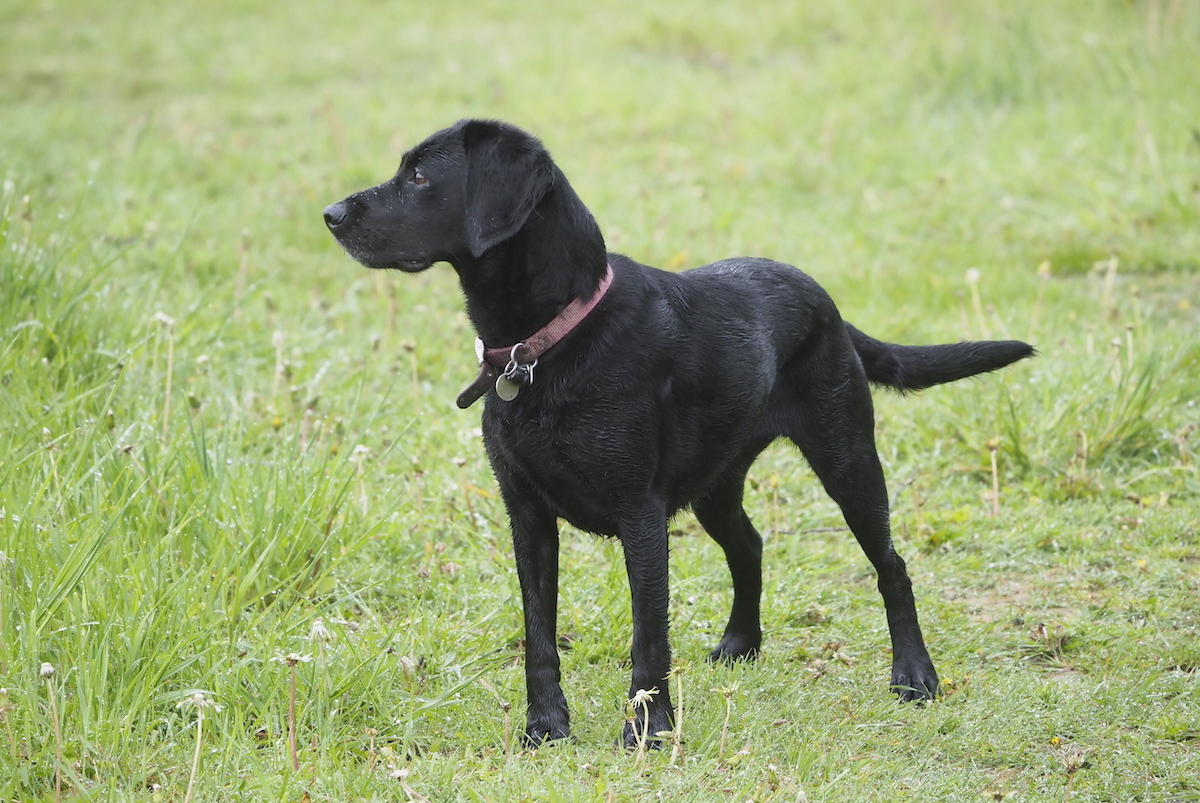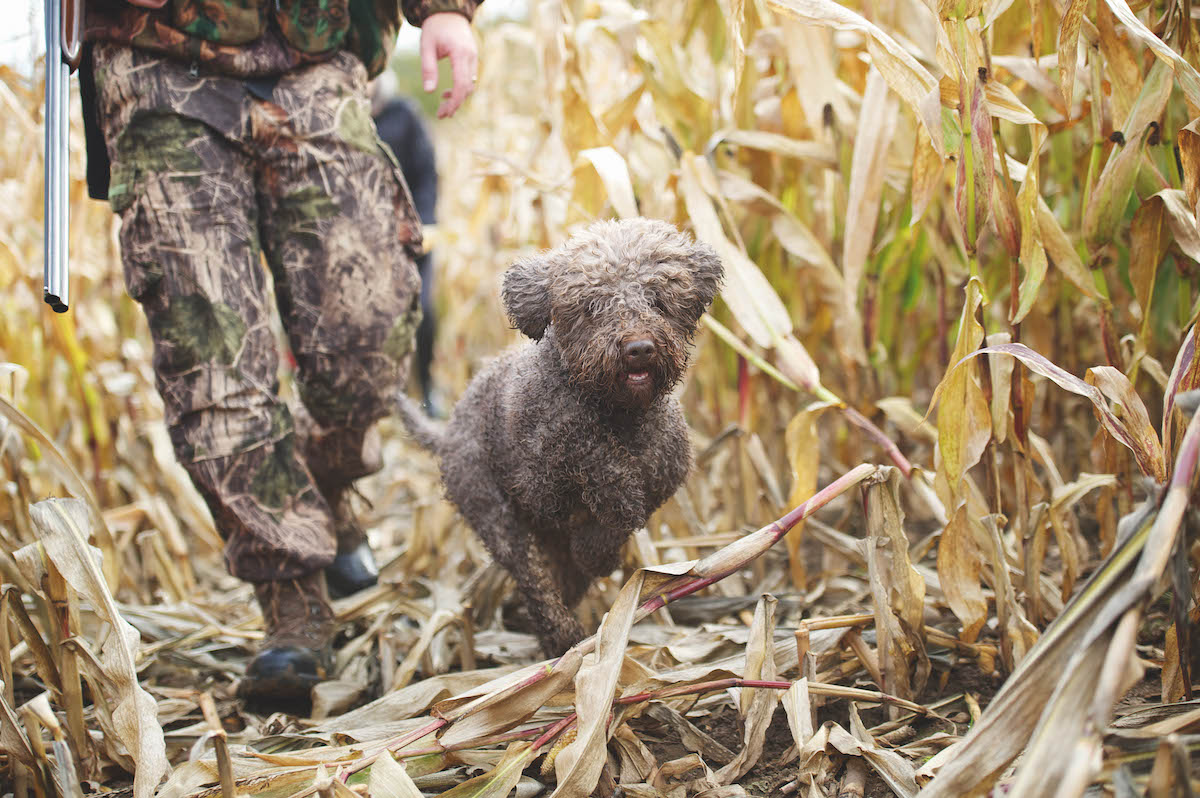The real worth of a working spaniel
Nick Ridley asks how you can hone your spaniel to perform as well on the beating line and picking-up as it does when rough shooting

Quite often spaniels seem to have a lower financial value than retrievers, which Nick Ridley argues shouldn't be the case
I have a long-held belief that on a shoot day, the further away you are from the Guns the lower your perceived financial worth. Generally, beaters get paid less than pickers-up, and pickers-up get paid less than loaders. I have never really understood this, as everyone is as important to a well-run shoot as the next person, but that seems to be the way it has always been. Coincidently, the same often applies to our canine shooting companions. Generally speaking, spaniels seem to have a lower financial value than a retriever but, when you drill down on a few factors, this really doesn’t make sense.
We have all seen the adverts, mainly for spaniels: “Would make a good rough shooting or beating dog”; the implication being that the dog’s abilities (or in most cases training) are not up to a higher standard or that they are basically no good for anything else. I have always thought that the phrase is a bit derogatory, but for one moment let’s just take a look at what makes a good spaniel in the beating line.
First, the dog must have patience. As someone who enjoys working a dog in the beating line, on more than one occasion I have had to stand at the beginning of a drive for ages waiting for the signal to get going. I expect my cockers to sit quietly on or off the lead until I give them the command to get on and find those pheasants.
Once the drive starts, a spaniel working in the beating line should quarter under control and either stop to the flush or at the very least ignore the flush and carry on hunting. It should ignore the temptation of ground game and deer, it should ignore other dogs and other handlers’ whistle commands and it should be quiet – a noisy (barking) dog in the beating line is not helpful.
Picking-up work can be restricted to sweeping after the drive has ended, in which case the dog is kept on the lead during the drive
Consistent training
To get a dog to this kind of standard takes months and months of training. When I start a new pup on its training journey, I am looking at a minimum of two years of hard and at times frustrating work before I gradually enter it into the beating line.
An unruly dog in the beating line can spell disaster. I remember going to a shoot a few years ago and a chap had a couple of springer spaniels, and on each and every drive they caused mayhem. One particular block of cover was fenced in, and the chap used to let both dogs off the lead. They would work like a couple of sheepdogs herding a flock of sheep. They would both split and take opposite sides of the cover, they would run the full length and then turn and come back up through the middle of the drive.
As you can imagine it was like a fox in a hen house and birds went everywhere. The ‘funny’ thing was that each and every time this happened, the chap used to shout out, “Deer in the drive!” Quite why he was allowed to get away with it I never understood, but it was damned annoying as I then knew my spaniel would hunt the whole length of the cover and not find a bird.

When rough shooting, the spaniel must work within range of the shotgun at all times
Rough shooting
So now let’s look at the second bit of the advert: “Would make a good rough shooting dog.” I fully understand that people will have different views about how a rough shooting spaniel should be trained and then worked, but I would suggest a spaniel that is going to be shot over needs to be trained to a very high standard. First and foremost, the dog must work within the range of the shotgun. There is nothing more frustrating than a dog that hunts and flushes game out of range. The dog should stop to the flush and mark any shot game. There is a train of thought that it is beneficial for a rough shooting dog to run in when anything gets shot, but I prefer my dogs to stop as I think it makes for a safer shot; especially as if it is safe and allowed, I will shoot ground game over my dogs.
I think it is beneficial to be able to handle (right, left and back) a spaniel when rough shooting, because it means I can get my dog out to the area of a retrieve quickly, especially if the bird or rabbit has run on.
A good beating dog must have patience, as there is often a wait before the drive begins
A tidy sum
If we take all the above into consideration, then a spaniel that is advertised as “suitable for beating or rough shooting” should be worth a tidy sum, but that just never seems to be the case. I have known quite a few well-trained and experienced spaniels sold for £2,000 to £4,000, and when you consider that in previous years you could easily pay £2,000 for an eight-week-old pup, it just doesn’t make sense.
On the other hand, I have known peg-dog retrievers sold for well over double the top end for a spaniel, and in truth all that dog has to do is to sit quietly next to the Gun and pick a few birds up at the end of the drive. Please don’t think I am being disparaging about peg dogs – it is very much a case of horses for courses – but the financial differences just don’t add up.
I know plenty of people who pick up with spaniels, and they can make very good picking-up dogs provided they are quiet. But, if you go back to our advert again – “would make a good beating or rough shooting dog” – you rarely see the addition of the words “picking-up dog”. Again, in very general terms, a picking-up dog needs to be quiet, a sound retriever and, depending on the shoot, be able to take directions.
However, on many of the shoots I have been on over the years, most of the dog work is sweeping up after the drive. So in fact, a spaniel that is used for picking up or sweeping can be kept on a lead during the drive (it’s no good keeping a spaniel in the beating line on a lead). It doesn’t necessarily have to hunt a tight, controlled pattern as it needs to cover ground, find shot game and bring it back to the handler.
Of course, there are exceptions when a dog needs to be sent on a runner during a drive, and this needs a high degree of training, but many shoots don’t allow this as it can disturb the drive.
If you go back to my original theory that the further away from the Guns a dog is, the perceived value is considered less, this really shouldn’t be the case. If you think about the time and effort to get a spaniel to a good standard in each of the three disciplines, I suggest you may well come to the conclusion that, in fact, the further a dog is away from the Guns, the greater its overall worth. That is if they are properly trained, of course.
Beaters generally get paid less than pickers-up on a shoot day








